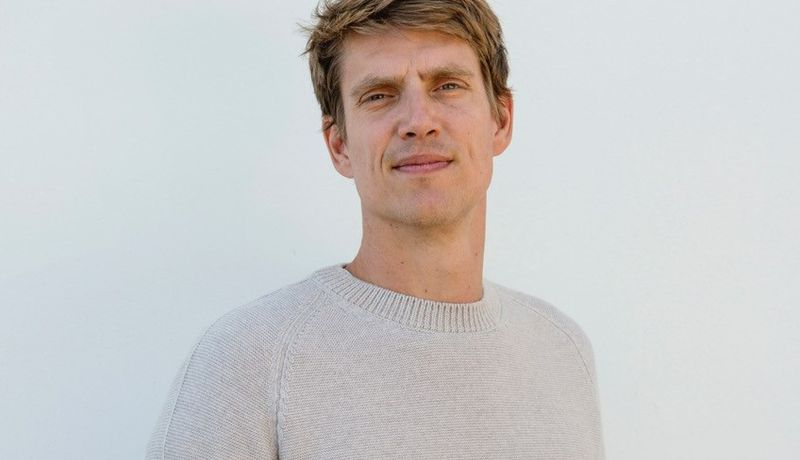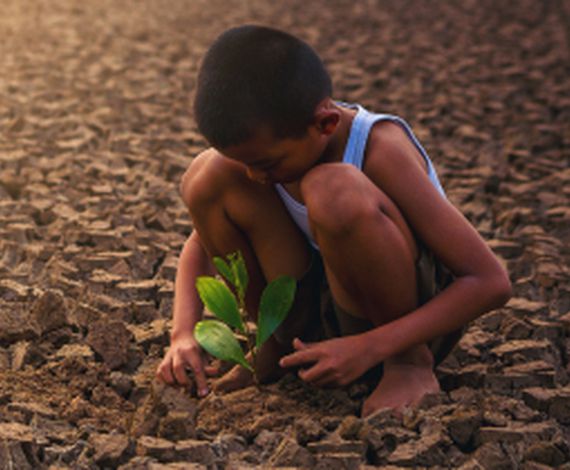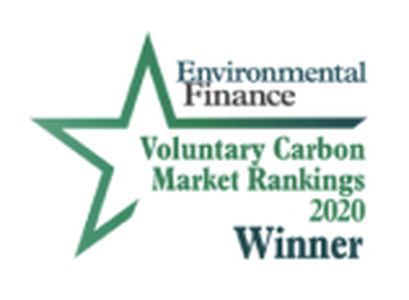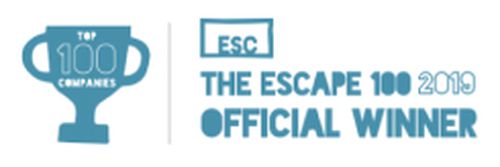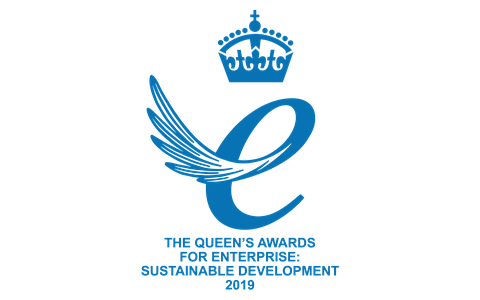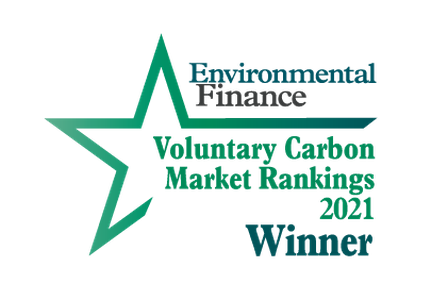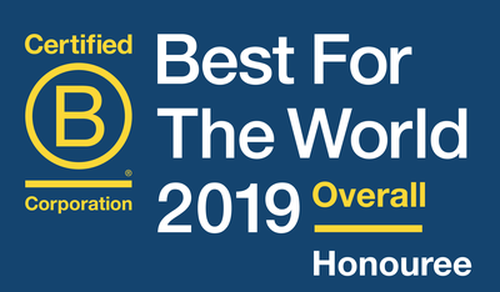Edzard van der Wyck, CEO and co-founder of Sheep Inc., describes his company as straddling fashion and agriculture. By supporting biodiversity projects in its supply chain and offsetting the footprint of its merino wool sweaters tenfold, the brand has a compelling story to tell, captivating the wearer and inspiring big designer brands.
In this Climate Leadership Series, we ask experts and influencers in business climate action to share their insight into best practices, discuss current and future trends, and debate the most impactful solutions.
Rosie Helson (RH): Tell us a bit about Sheep Inc. and your desire to promote traceability in fashion supply chains, involving the wearer in the story.
Edzard van der Wyck (EvdW): I believe there are two core components to improving sustainability in the fashion industry. The first is the sustainability of the fashion itself – the raw materials, the processing, the design. And the second is changing consumer behaviour. With Sheep Inc., we aim to do both.
We set out to make a durable, high quality product with a long shelf-life. We create merino wool crew-neck sweaters because – unless we’re all going to be in silver jumpsuits in 50 years’ time – they’re a relatively perennial wardrobe item. I inherited sweaters like this off my dad.
We looked closely at the material. Merino is 100% biodegradable and doesn’t need to be washed as often as other materials. Then we looked at transparency. The problem is, while some companies are moving towards transparency, the rest aren’t changing fast enough, and that’s because customers aren’t demanding it. Transparency is a “nice to have” but it’s not their crucial purchasing driver. Once customers demand to know the impact and the story behind the things that they buy, momentum for change will pick up in the industry.
That’s why with every sweater we sell, we allow the customer to adopt a sheep from the same farm the sweater’s wool is from. There’s a tag in the sweater that you can scan with your phone to see its entire lifecycle footprint and get updates on the sheep. You’ll know if the sheep has lambs, how it’s been doing, any sheep-related events. These live updates are a constant reminder that there’s a living story behind the things you buy. Which is more than a simple “Made by” ingredient list. If we’re going to change the industry, we need to keep that emotional engagement with the product post-purchase.
RH: Can you tell us why you’ve decided to offset 10x the footprint of each sweater?
EvdW: Fashion brands are setting more emission reduction targets, which I believe is equally exciting and problematic. For example, some of the bigger fashion houses have set targets to reach carbon neutrality by 2035 or 2040. But outside of the targets, there is not always evidence of a clear roadmap for how to get there. That’s a lot of years of “slightly less unsustainable” behaviour we don’t have time for.
Then there are big companies like Microsoft setting carbon negative targets and Sky becoming net zero, which are more aligned with our ambition. Each sweater produces around 30kg of CO2 in its lifecycle, which includes the methane produced by the sheep and the wearing of the sweater. Important to note is that we take the gross emissions on farm from the sheep, which doesn’t account for the natural sequestration that happens due to the rich biodiverse landscape of the farms. We wanted to aim higher than carbon neutral and set a new standard. We have to make “going beyond” the new normal, to have a net positive, regenerative effect. Through our offsetting programme we support a reforestation project in Kenya and conservation project in the Amazon, which both tie in with our ethos to enhance biodiversity. We want to prove to other businesses – large and small - that you can start doing this now.
RH: You have said that Sheep Inc. aims to set a new standard of environmental accountability. What are your hopes for other clothing companies, and what are you doing to promote your actions?
EvdW: Look at the amount of money that was committed overnight to Notre Dame after it burnt down by some of the big fashion houses, and then the amount they invest into biodiversity projects – it’s pennies in comparison. That is something we really want to challenge brands on.
Yes, it’s a financial resource allocation, but if there’s no planet, there’s nothing to sell stuff on. There’s also an argument that if you dedicate revenue towards biodiversity, customers will be willing to pay a slight premium. The consumer mindset is changing towards that, so this could help you stay ahead of the curve while future-proofing your business. We want brands to realise this.
RH: What is Sheep Inc.’s view about how business models need to transform to deliver a net zero economy, and the role of entrepreneurs and new businesses in making that happen?
EvdW: The role of entrepreneurs is to push the thinking and conversation, to come in and say, “I know things are done like this, but why can’t we do things differently?” Obviously, it’s a bit easier if you’re a new business, but people within big business can do it too. It’s important to challenge the way things are because there is no set way of making fashion and there’s always an option to behave in a more environmentally-friendly way.
We’re not saying our way is the only way. It’s important to have a variety of sustainable business models in play, and hopefully together we’ll make a massive difference. The rental market and use of recycled materials are growing for example. At the very least, new companies should be interrogating every part of their supply chain to ensure they are working with as sustainable manufacturers as possible.
RH: Tell us a bit more about your supply chain.
EvdW: The first step for any fashion brand should be to figure out how to produce things as sustainably as possible, looking at its suppliers.
We work with sheep farms in New Zealand which use regenerative farming practices and are either naturally carbon neutral or carbon negative. They’ve realised that if they manage the land the right way, they can turn their sheep stations into giant carbon sinks. Even though we aim to mitigate the impact of the fashion industry, we also straddle agriculture as an industry. For this reason, we also support biodiversity projects around our farms. Our yarn-mill runs on 100% renewable energy. Our manufacturer in Spain uses zero-waste knitting machines. And we use logistics providers in the UK who are also certified carbon neutral. We’re constantly challenging how sustainable each of our manufacturers are.
RH: And finally, what’s in the future for Sheep Inc.?
EvdW: That’s probably best answered by going back to why I set up Sheep Inc. Running my first e-comm fashion business, I started to see first-hand the impact of fashion on the environment. In conjunction with having my son, this made me think about what kind of legacy I was going to leave behind.
In interrogating stale thought processes around transparency, we want companies to not just copy aspects of what we do, but to further challenge what we are doing. Is there more that can be done? How can we take action now? It’s important we continue to challenge ourselves to innovate as a business and constantly ask “where can we improve?”
Our sheep aren’t standing still and neither will we.
Visit sheepinc.com to learn more.
Dernières actualités
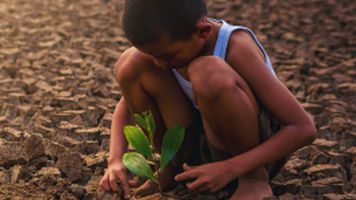
New test article 2023
A dummy article to test title issue.
Pour en savoir plus
FR Test News Article
Article test en français
Pour en savoir plus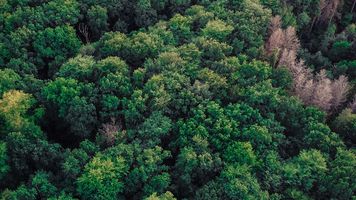
Natural Capital Partners and ClimateCare become Climate Impact Partners
Natural Capital Partners and ClimateCare become Climate Impact Partners and sets goal of delivering 1 billion tonnes of emission reductions by 2030.
Pour en savoir plusLes toutes dernières Insights de
Climate Impact Partners

10 idées reçues à abandonner sur la compensation carbone
10 idées reçues à abandonner sur le net zéro et la compensation carbone.
Pour en savoir plus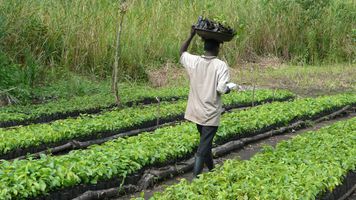
FR Test insight article
Testing all plug-ins in 2 column format for French
Pour en savoir plus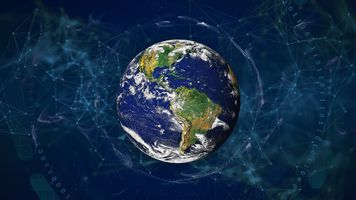
FR - Innovation test insight article
As carbon markets grow and innovate how can Web 3.0 be harnessed in a positive way to build scale and impact?
Pour en savoir plus

